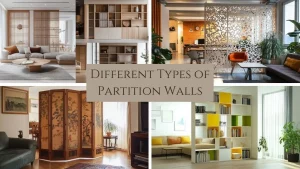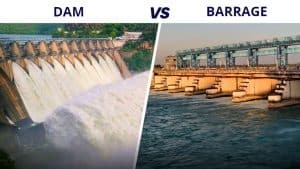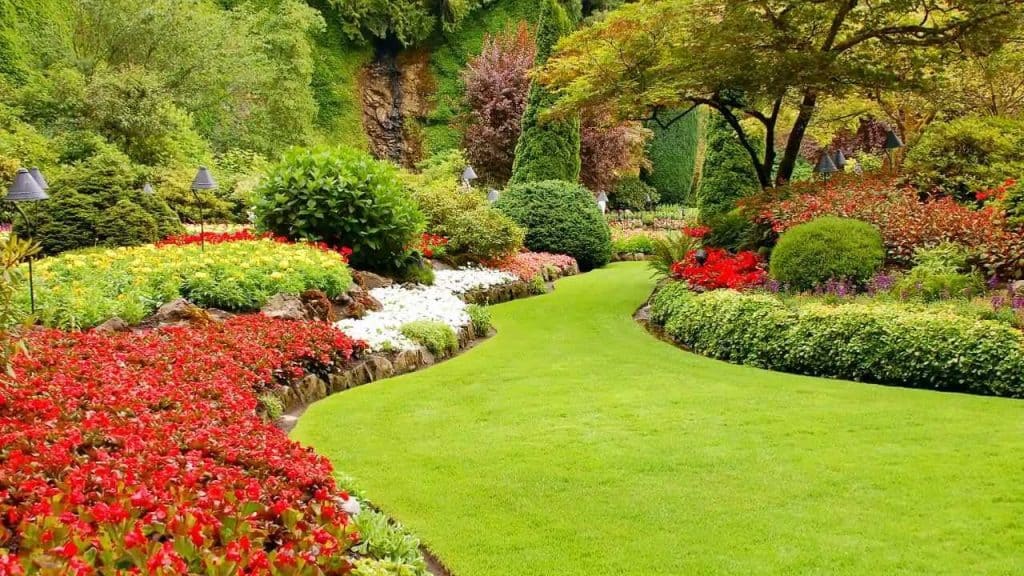
Gardens have been a part of human civilization for centuries, symbolizing harmony, creativity, and a deep connection to nature. Whether it’s a sprawling landscape or a cozy green nook, gardens serve as spaces of peace and beauty.
They offer more than just visual delight—they bring environmental, psychological, and social benefits. From lush sanctuaries that cool our cities to artistic displays that narrate stories, every type of garden has a distinct charm and purpose.
Why Gardens Are More Than Just Pretty Spaces?
Gardens are not just decorative—they are living, breathing ecosystems that serve critical roles in our lives. Here’s why they are so valuable:
- Nature’s Air Purifiers
Gardens help improve air quality by absorbing carbon dioxide and releasing oxygen. They also trap dust and pollutants, making urban spaces cleaner and healthier to breathe in.
- Stress-Relieving Havens
Imagine walking through a lush garden after a long day—it’s instantly calming. Studies show that spending time in green spaces can reduce stress, anxiety, and even depression.
- Cultural Time Capsules
Gardens often carry cultural significance. They reflect the history, traditions, and artistic sensibilities of their creators, becoming windows into the past.
15 Types of Gardens with Names & Features
Gardens have always played a vital role in enhancing our environment, offering aesthetic appeal, and connecting us with nature. Across the world, there are numerous types of gardens, each reflecting its purpose, design, and cultural background. Let’s explore these garden types, their features, and where they can be found.
1. Mughal Gardens: Regal Harmony
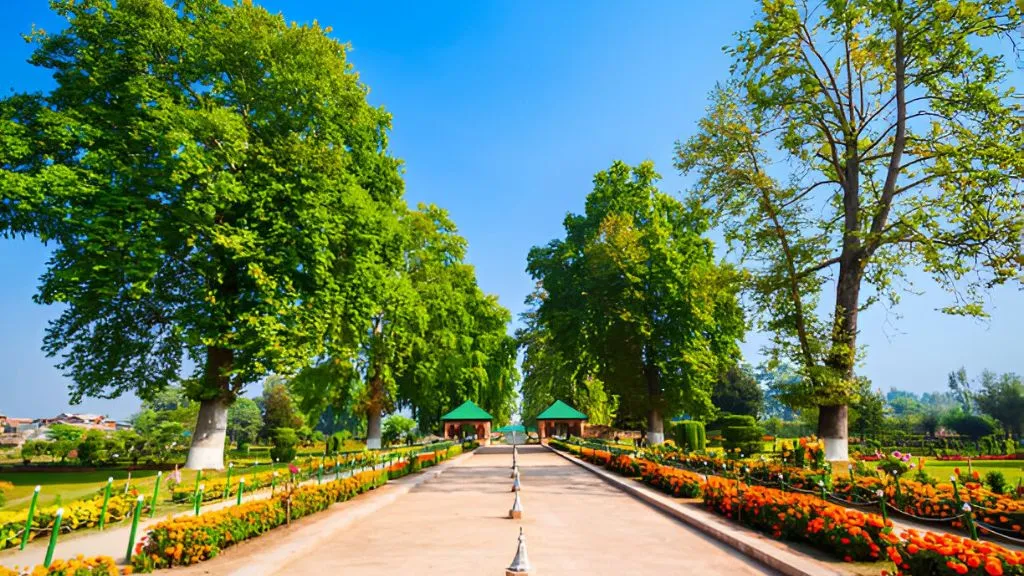
The Mughal Gardens are celebrated for their perfect symmetry, terraced design, and calming water features. Inspired by Persian and Islamic landscaping traditions, they represent paradise through their lush greenery and intricate layouts.
- Speciality: Their flowing water channels, colourful flower beds, and geometrical patterns create a serene and harmonious environment.
- Features: Fountains, shaded pathways, and ornate pavilions are key highlights.
- amous Examples: Shalimar Bagh in Kashmir and the Rashtrapati Bhavan Garden in New Delhi.
- Why the Name?: These gardens were commissioned by Mughal emperors, showcasing their artistic and cultural legacy.
2. Japanese Zen Gardens: Peaceful Minimalism
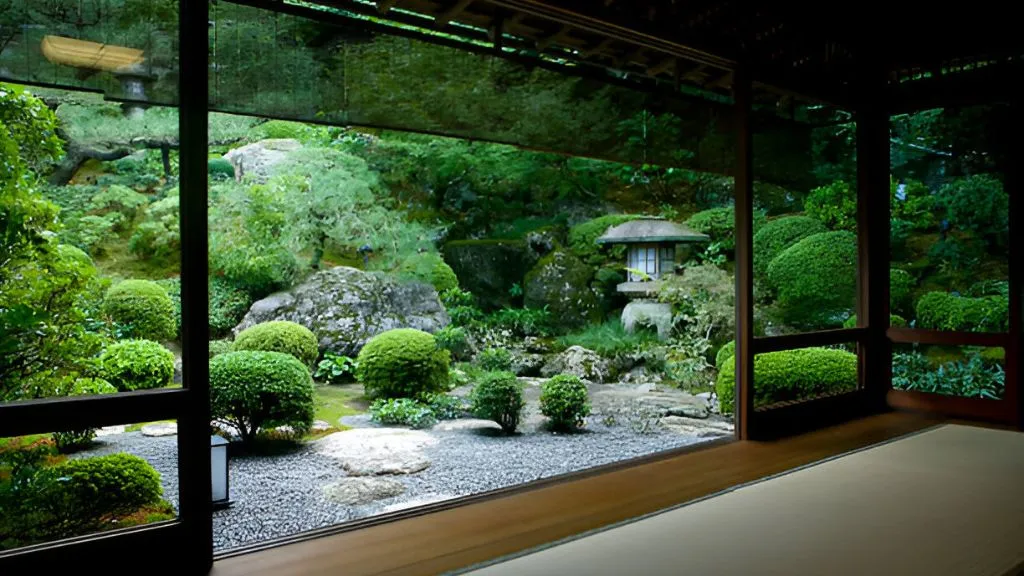
Zen gardens, also known as “dry gardens,” are tranquil spaces designed for meditation. They use rocks, sand, and minimal vegetation to create serene landscapes that evoke natural elements.
- Speciality: Their minimalist design encourages mindfulness and peace, making them ideal for contemplation.
- Features: Carefully raked sand symbolizes rivers, while rocks represent mountains.
- Famous Locations: Kyoto’s Ryoanji Temple is an iconic example of this style.
- Why the Name?: Rooted in Zen Buddhism, these garden types embody balance and simplicity.
3. Rock Gardens: Sculpting Nature
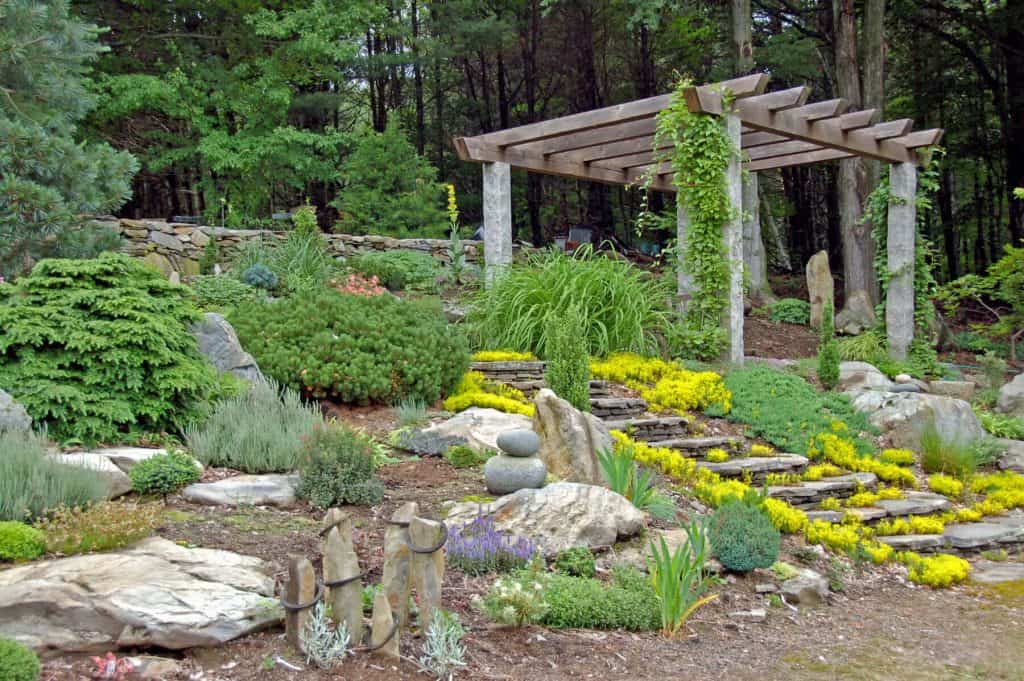
Rock gardens are a creative mix of artistic stone arrangements and drought-resistant plants, making them ideal for arid climates. They combine utility with visual appeal, showcasing sustainability and creativity.
- Speciality: Perfect for areas with limited water resources, these gardens emphasize resilience and innovative landscaping.
- Features: Unique sculptures, hardy succulents, and colourful rock formations.
- Famous Examples: Chandigarh’s Rock Garden is a renowned example in India.
- Why the Name?: The dominant use of rocks in the design defines their name.
4. Botanical Gardens: Green Sanctuaries
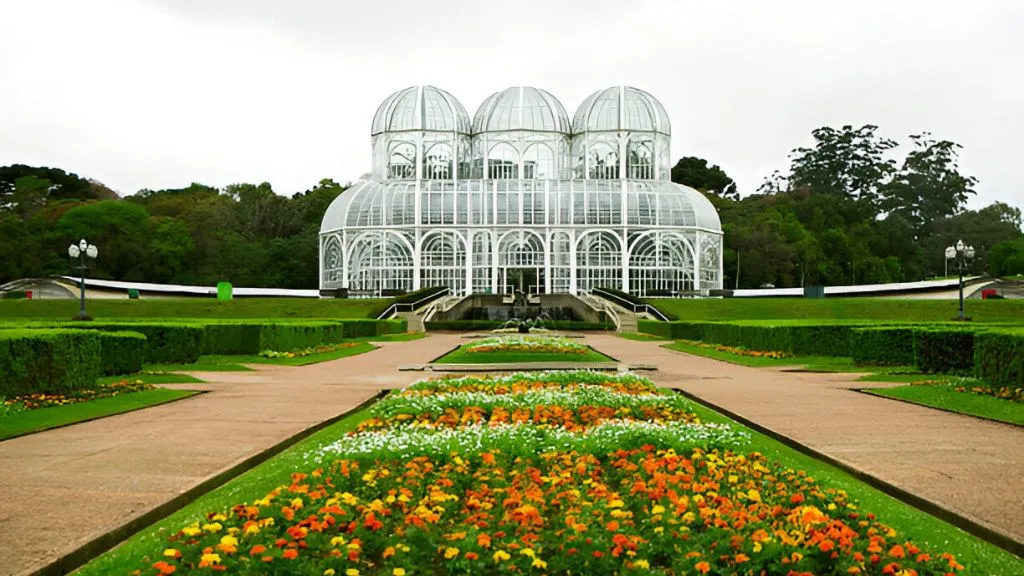
Botanical gardens are curated spaces dedicated to the conservation and display of diverse plant species. They serve as educational hubs and are vital for biodiversity preservation.
- Speciality: These gardens offer a blend of learning, recreation, and research, playing a pivotal role in types of gardens in horticulture.
- Features: Thematic sections, greenhouses, and informative signage.
- Famous Locations: Kew Gardens in London and the Indian Botanical Garden in Howrah.
- Why the Name?: Their focus on botanical studies gives them this descriptive name.
5. Terrace Gardens: Urban Retreats
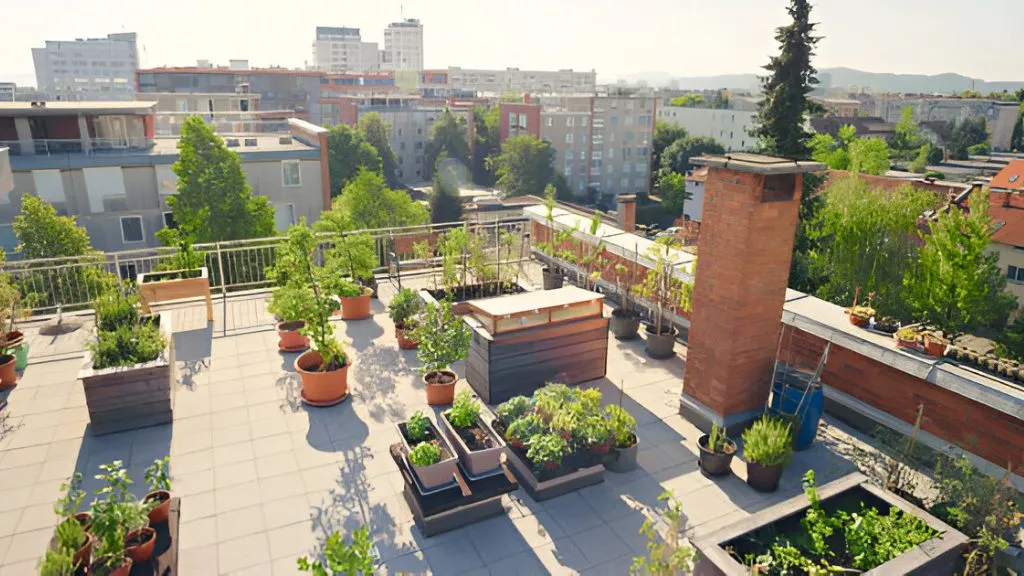
Terrace gardens transform rooftops into lush, green escapes in urban settings. They provide a refreshing solution for cities with limited open spaces, contributing to sustainable living.
- Speciality: These garden types enhance air quality and reduce urban heat islands.
- Features: Rooftop lawns, vegetable patches, and small flowering plants.
- Famous Examples: The Hanging Gardens of Mumbai represent this concept beautifully.
- Why the Name?: Built on terraces or rooftops, their location defines their identity.
6. Herbal Gardens: Nature’s Pharmacy
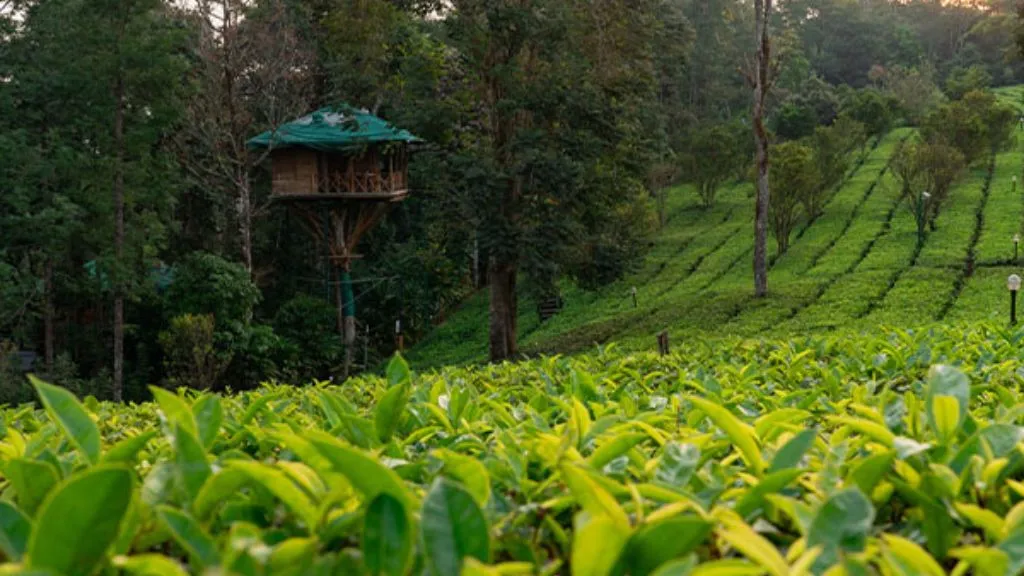
Herbal gardens focus on growing medicinal and aromatic plants, blending utility with beauty. They serve as reminders of traditional knowledge and natural healing practices.
- Speciality: Popular for cultivating herbs like tulsi, mint, and lemongrass, these gardens are essential in Ayurveda.
- Features: Well-labeled plots of herbs, often arranged for easy access and use.
- Famous Locations: Kerala’s spice plantations and herbal gardens in Himachal Pradesh.
- Why the Name?: Their emphasis on medicinal herbs defines their purpose.
7. Formal Gardens: Structured Beauty
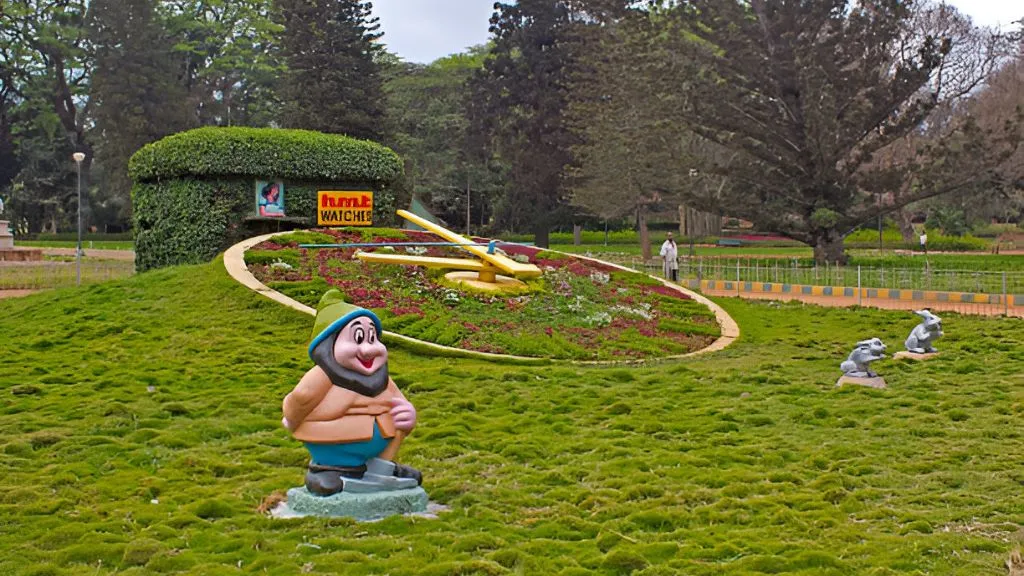
Formal gardens are known for their symmetry and order, displaying human control over nature. These gardens are meticulously planned, with geometric shapes and clean lines dominating their design.
- Speciality: These garden types showcase sophistication and elegance, creating visually stunning landscapes.
- Features: Straight pathways, flower beds in geometric patterns, and water features like fountains.
- Famous Examples: Versailles Gardens in France and Lal Bagh in Bangalore.
- Why the Name?: The structured layout lends them the title of “formal gardens.”
8. Informal Gardens: Wild and Free
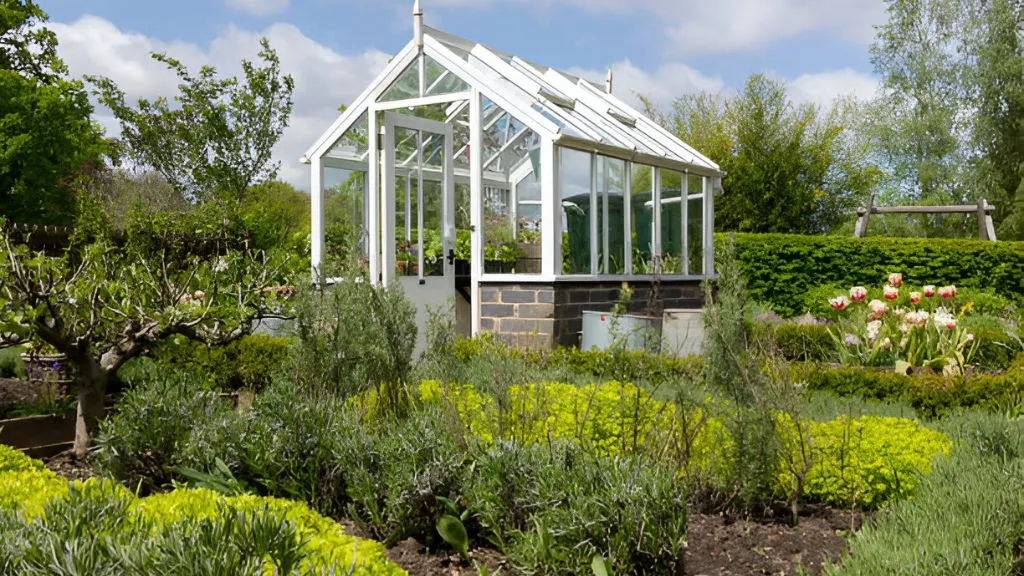
Informal gardens break away from structured designs, embracing a more natural and relaxed style. They mimic the beauty of untamed landscapes, blending effortlessly with the environment.
- Speciality: These gardens celebrate the charm of randomness, often using native plants to create a sustainable ecosystem.
- Features: Winding paths, irregular flower arrangements, and natural-looking ponds.
- Famous Locations: English cottage gardens are classic examples of informal gardening.
- Why the Name?: Their natural, unstructured appearance gives them this title.
9. Tropical Gardens: Exotic and Vibrant
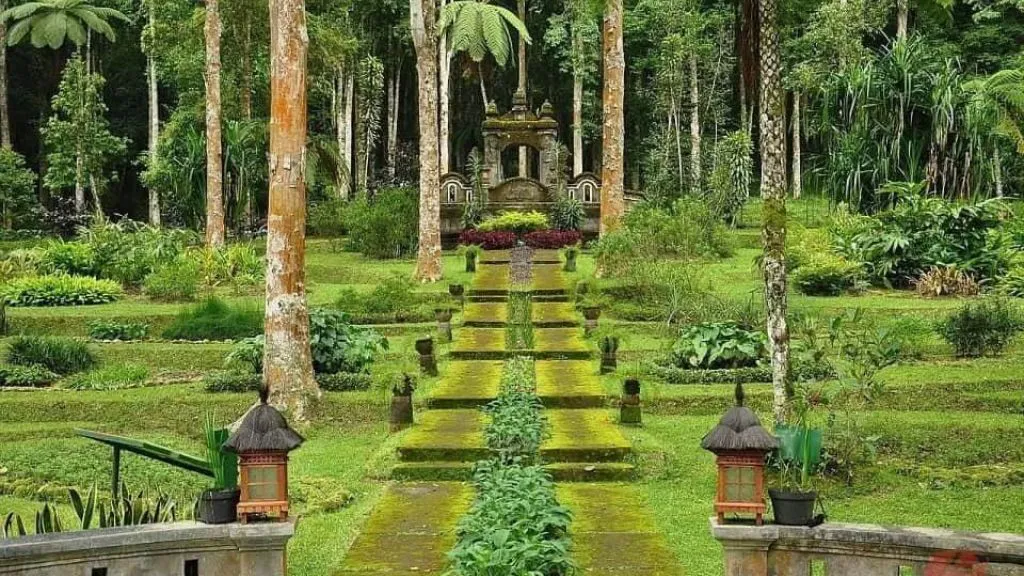
Tropical gardens are filled with lush greenery and vibrant flowers, thriving in warm and humid climates. They showcase nature’s diversity with exotic plant species.
- Speciality: These types of gardens in India bring an explosion of colours and textures, often featuring rare orchids and ferns.
- Features: Dense foliage, water elements, and shade-providing trees.
- Famous Locations: Bali Botanical Gardens and the tropical gardens of Kerala.
- Why the Name?: Inspired by the tropical regions where they flourish.
10. Wildlife Gardens: Ecosystems at Home
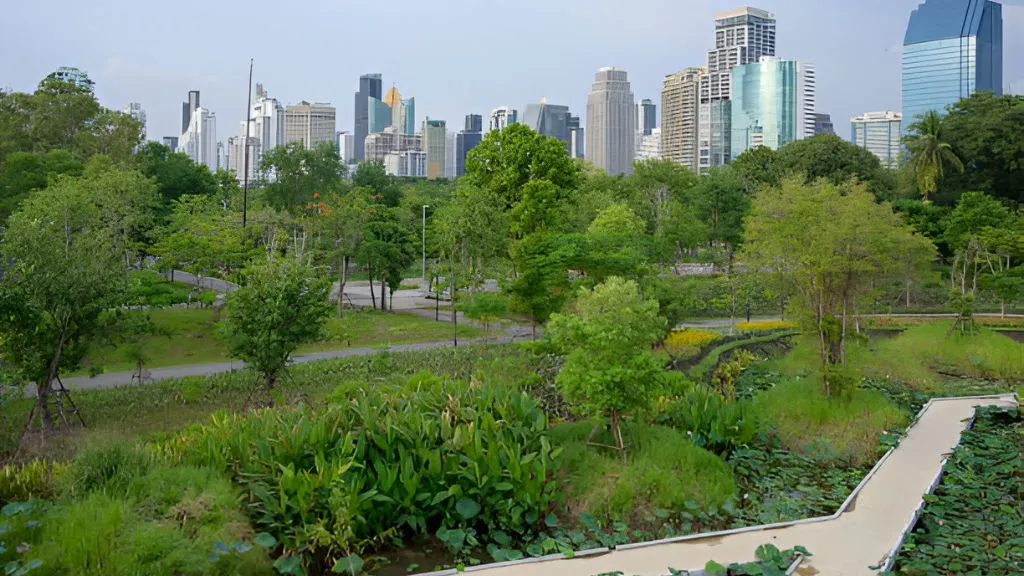
Wildlife gardens are designed to attract and sustain native fauna, blending beauty with ecological purpose. They are perfect for promoting biodiversity in residential and urban areas.
- Speciality: These garden types create habitats for birds, bees, and butterflies, enriching local ecosystems.
- Features: Native plants, water sources, and nesting areas.
- Famous Locations: Urban eco-parks and community reserves.
- Why the Name?: Their purpose is to support and protect wildlife.
11. Water Gardens: Aquatic Serenity
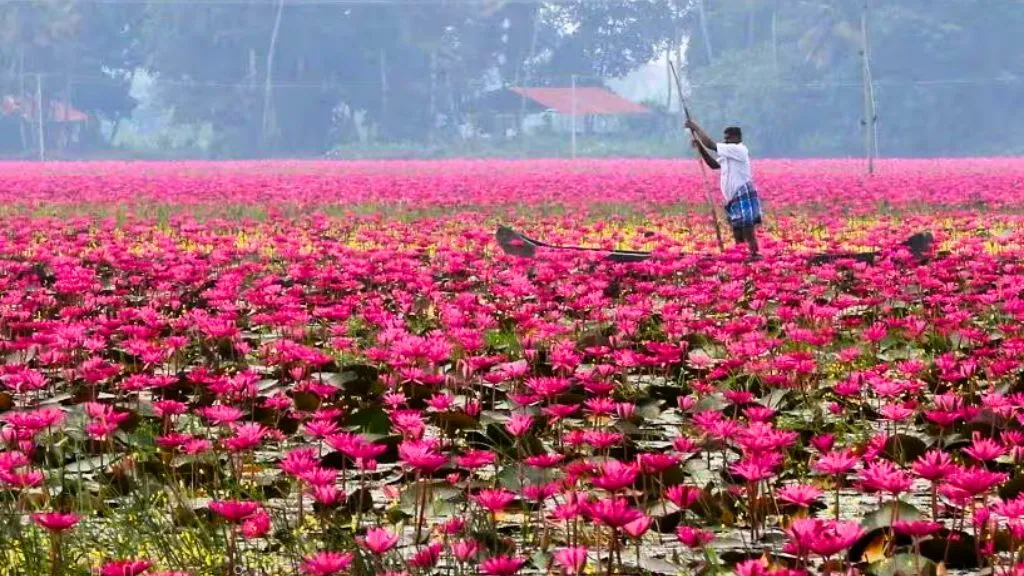
Water gardens bring tranquillity with ponds, fountains, and aquatic plants, offering a refreshing change from traditional gardens.
- Speciality: Ideal for fostering relaxation, these gardens also promote aquatic biodiversity.
- Features: Water lilies, lotuses, and serene ponds.
- Famous Locations: Kerala’s water lily gardens.
- Why the Name?: Water is the defining element in these gardens.
12. Sacred Groves: Spiritual Forests
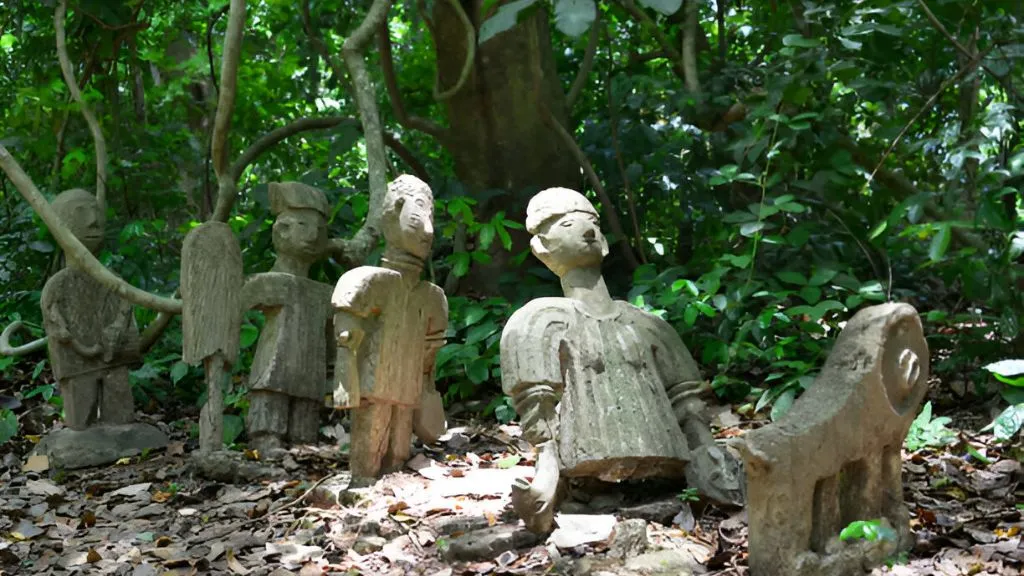
Sacred groves are forested spaces revered for their cultural and spiritual significance. They represent harmony between nature and tradition.
- Speciality: These types of gardens in India are eco-friendly and rooted in ancient practices of conservation.
- Features: Dense clusters of trees, often worshipped and untouched by modern development.
- Famous Locations: Meghalaya and Tamil Nadu are home to sacred groves.
- Why the Name?: Their association with spirituality and sacred rituals defines their title.
13. Desert Gardens: Resilient Beauty
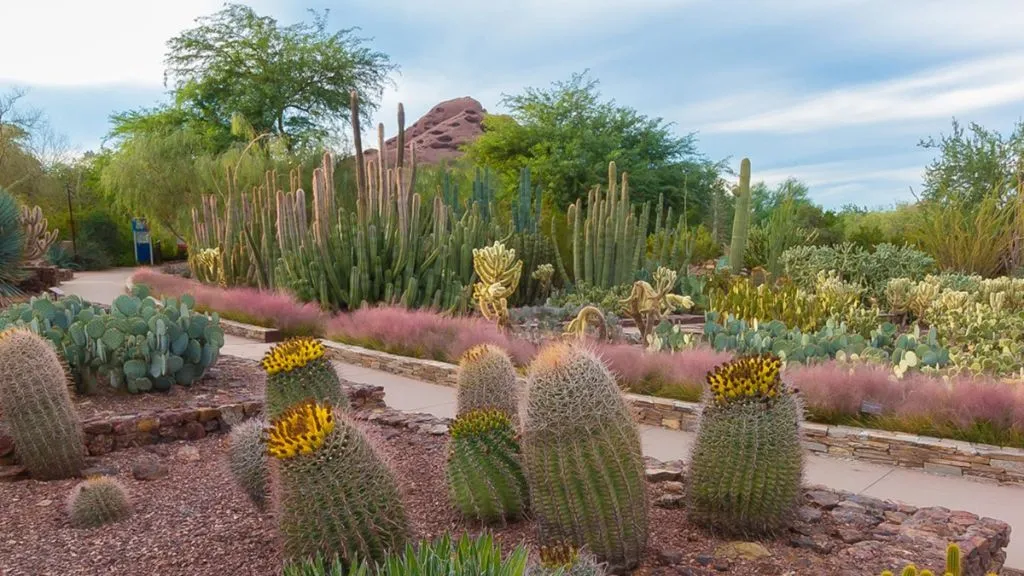
Desert gardens showcase the stark beauty of arid landscapes, using hardy plants and minimalist designs.
- Speciality: These gardens are ideal for water-scarce areas, combining sustainability with unique aesthetics.
- Features: Succulents, cacti, and sandscapes dominate these gardens.
- Famous Examples: Arizona’s Desert Botanical Garden.
- Why the Name?: Reflecting the resilience of deserts, the name captures their essence.
14. Hanging Gardens: Vertical Marvels
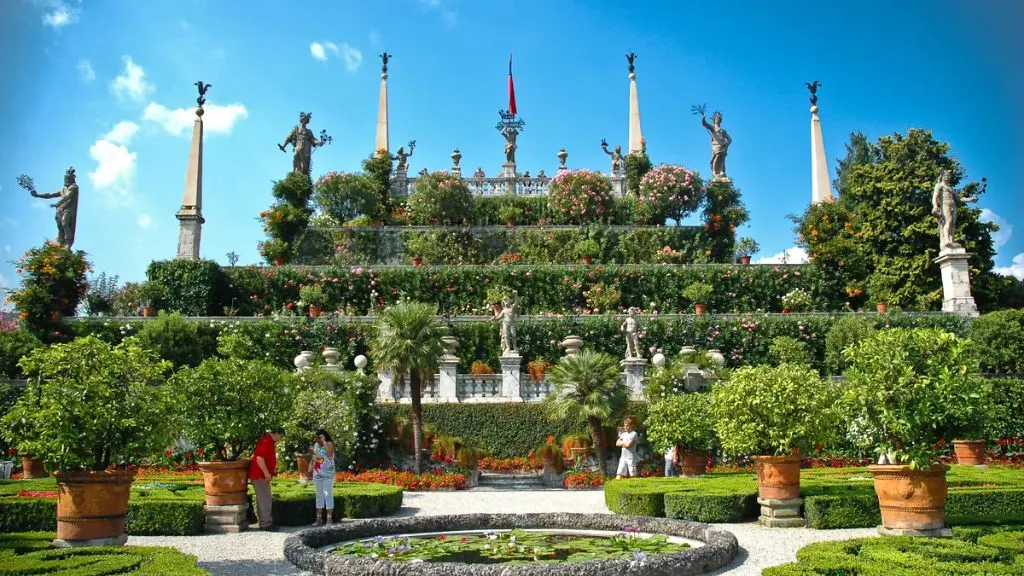
Hanging gardens maximize limited spaces by using vertical designs to create cascading greenery. They are innovative solutions for urban areas.
- Specialist: These different types of gardens combine functionality with stunning visuals.
- Features: Climbers, vines, and elevated pots create a lush, layered look.
- Famous Locations: The Hanging Gardens of Mumbai.
- Why the Name?: Their cascading appearance gives them their distinctive title.
15. Kitchen Gardens: Homegrown Goodness
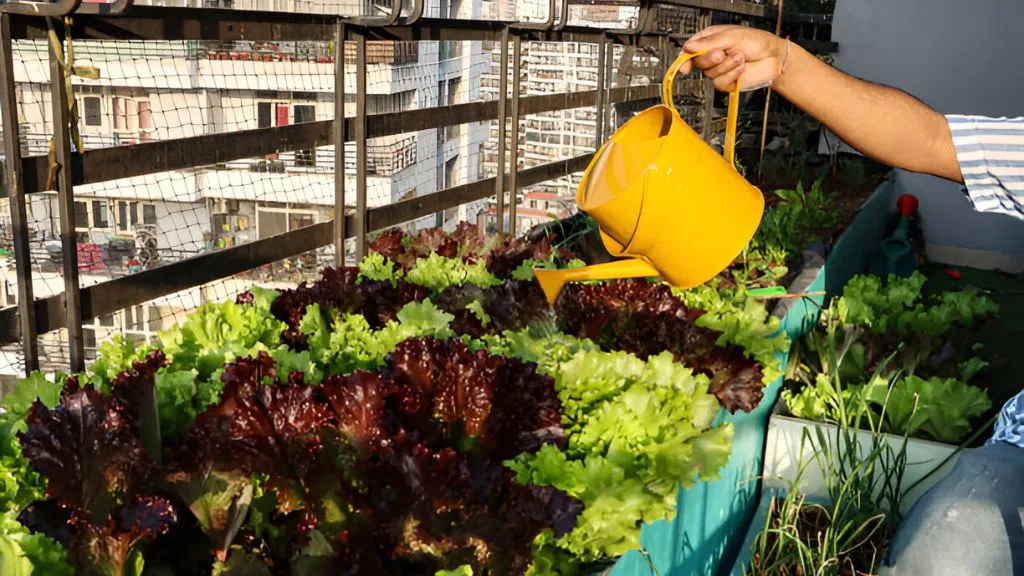
Kitchen gardens focus on growing fresh vegetables, fruits, and herbs, encouraging sustainable and healthy living.
- Speciality: Popular in households, these gardens ensure access to organic produce.
- Features: Small plots or container gardens with edible plants.
- Famous Locations: Found in homes and small farms across India.
- Why the Name?: Their direct link to kitchens gives them the name.
Conclusion: Gardens as Reflections of Life
Gardens are more than spaces—they are stories told through design and purpose. Exploring different types of gardens, from Mughal elegance to tropical vibrancy, reveals their ecological, cultural, and personal value. Whether you’re drawn to structured formal gardens or the meditative calm of Zen gardens, there’s a garden type to inspire everyone.
Types of Gardens FAQs:
1. What are the special features of botanical gardens?
1. Research Areas: Dedicated spaces for studying native flora and promoting botanical research.
2. Herbarium and Library: Collections of preserved plant specimens, books, and photographs for documentation and education.
3. Educational and Recreational Facilities: Lecture halls, book clubs, and recreational areas for both botanists and the community.
2. What are the features of all plants?
1. Multicellular Eukaryotes: They consist of multiple cells with a defined nucleus.
2. Reproductive Adaptations: Specialized organs ensure the continuation of their species.
3. Photosynthesis: Plants generate food using sunlight, carbon dioxide, and water.
4. Essential for Life: They form the foundation of life, supporting ecosystems and sustaining oxygen levels.
3. What are the 7 main types of plants?
1. Herbs: Small plants with soft, non-woody stems, ideal for culinary and medicinal use.
2. Shrubs: Woody plants that are taller than herbs but shorter than trees, often used for landscaping.
3. Trees: Large plants with strong, woody trunks that provide shade, fruit, and timber.
4. Climbers: Plants that grow vertically using support structures like poles or walls.
5. Creepers: Ground-hugging plants with weak stems that spread horizontally.



